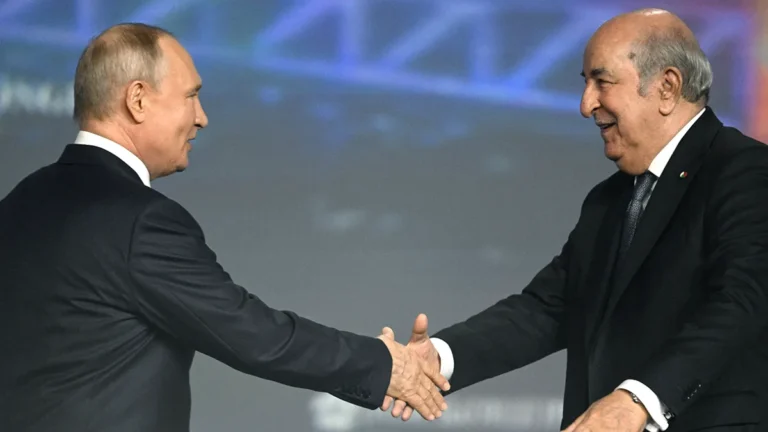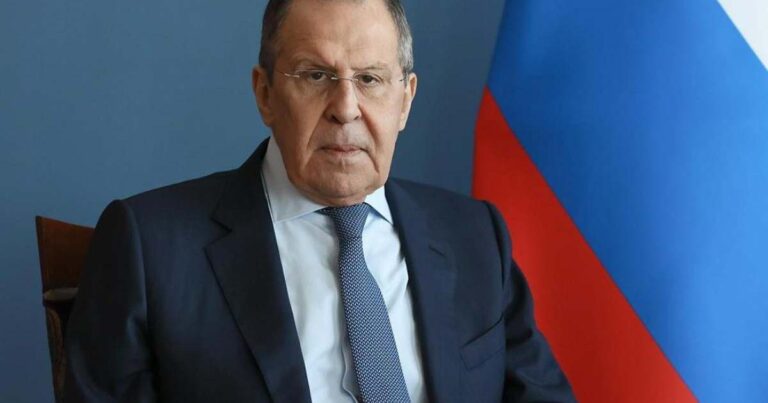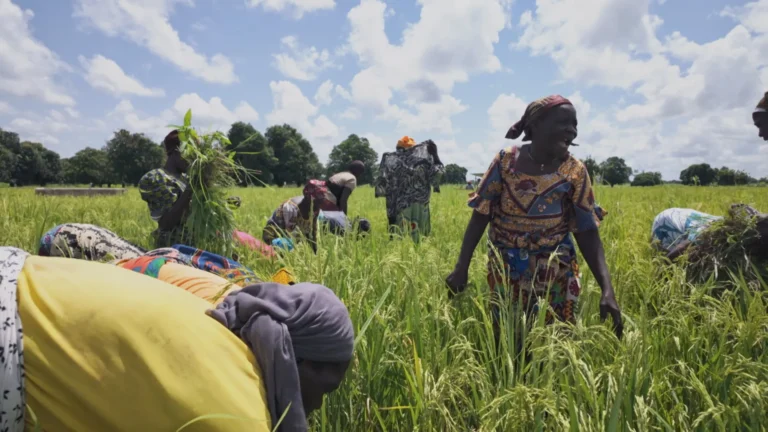
In Yaoundé, the presidency has increasingly taken on the aura of a shrine, where the physical presence of the Head of State has become largely symbolic and ceremonial.
Citizens and officials alike now pay homage not directly to President Paul Biya, but to portraits, statues, and other representations, a practice that has transformed political engagement into a ritualistic display.
At the centre of this evolving political theatre is Ferdinand Ngoh Ngoh, the Secretary-General of the Presidency, who acts as the gatekeeper for delegations and petitions, receiving tributes on behalf of the president.
Observers describe the role as akin to that of a high priest mediating between the nation and a figure whose visibility is increasingly confined to images on walls or lifesize effigies.
“To meet the Head of State, one must never see the Head of State,” a source explained, highlighting the paradox that defines the current system.
Portraits now serve as the focal point for oaths of allegiance, pledges, and the submission of chiefs, student leaders, and academics, all of whom present themselves as devoted adherents to the image of authority. Some participants have even gone so far as to transport lifesize statues to ceremonial events, underscoring the quasi-religious dimension of these proceedings.
The ritual extends beyond symbolism. Attendees are often required to make financial contributions, reportedly ranging from 2,000 to 10,000 CFA francs, framed as part of the formal process of loyalty and access. Critics have likened the practice to medieval indulgences, pointing to a performative culture that values appearances and ritual offerings over direct engagement or policy dialogue.
Analysts argue that the phenomenon reflects a regime intent on preserving authority while minimising exposure. By emphasizing portraits and images, the state cultivates a sense of omnipresence and invincibility for the president, even as his personal visibility remains limited.
In towns and districts across Cameroon, the message is consistent: the living leader is absent, yet the portrait rules. Political participation increasingly revolves around symbolic gestures rather than substantive interaction, transforming the act of governance into a spectacle where image and ritual overshadow dialogue and accountability.



